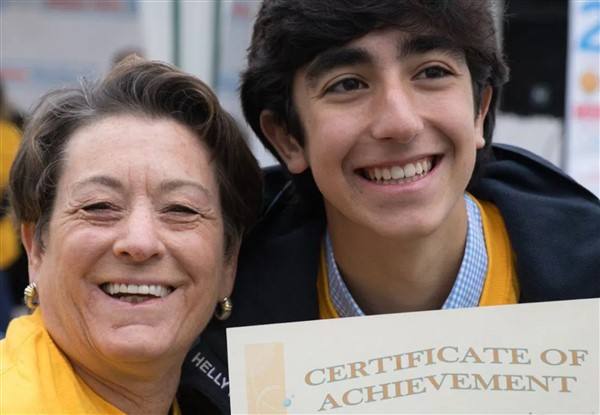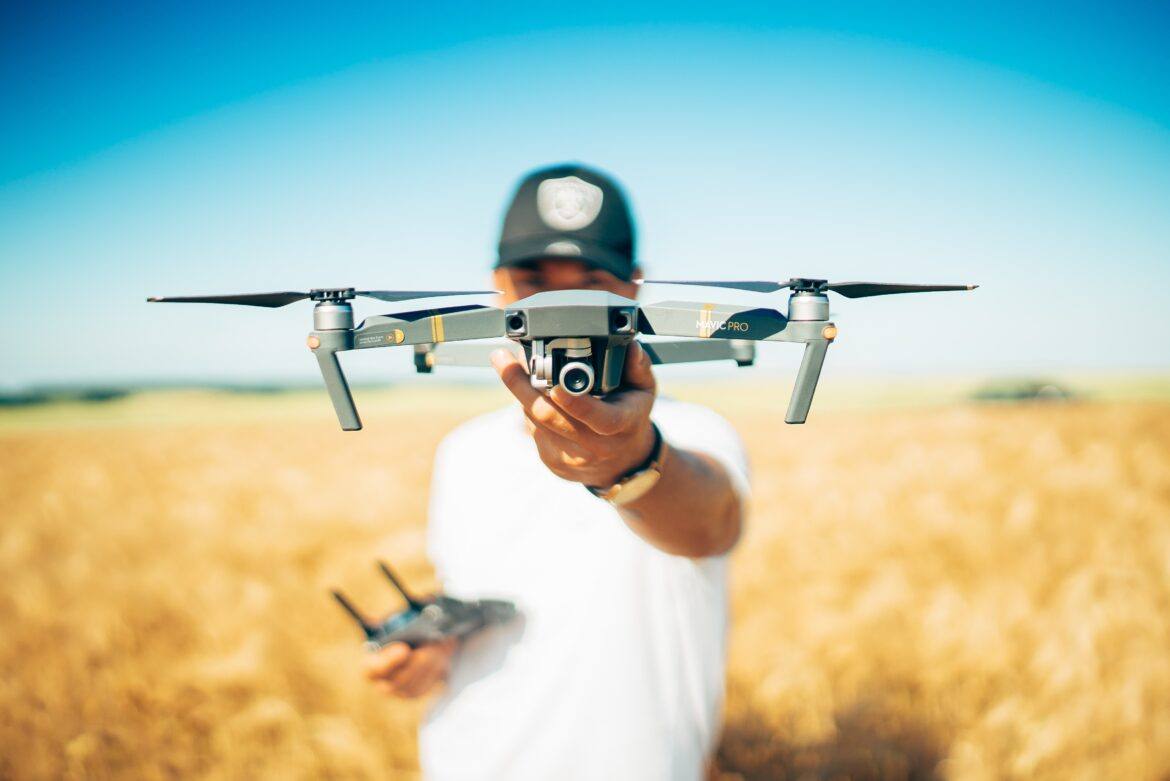Interested in expanding the use of drones in your school? Keep students and teachers engaged with the many different opportunities available, whether you are skydiving from a drone, a school adopting drones to monitor campuses, or taking aerial photographs of real estate. In this blog entry, we’ll explore some of the legal information you need to know, as well as ideas and stories of how drones are being used for education.
1. What’s the legal information you need to know?
As of May 2017, drones no longer have to be registered. This alleviates some of the many requirements that were in place prior to the legal ruling. Previously, the Federal Aviation Administration (FAA) required the following:
- Follow the law for all Small Unmanned Aircraft Systems (UAS)
- Decide if your drone meets the registration requirements. All aircraft that weigh more than 0.55 pounds, or 250 grams, and less than 55 pounds, or 25 kilograms, must be registered. This also includes any added payloads, such as an onboard camera.
- Register your drone ($5). All newly purchased or made drones must be registered before their first flight. You will need to file your name, home address, and your email address as a start. Then you will get a Certificate of Aircraft Registration as well as Proof of Ownership. These will include an identification number for your aircraft. You must have this number displayed on your drone at all times. The number will be valid for up to three years. You must be at least 13 years old in order to register.
- Not sure if you need to register your drone? Check on this chart (PDF) or maybe this one from Wired. More info here about Texas laws regarding drones.
You can research more information about Texas laws regarding drones online. Isn’t it great all that can be avoided?
2. How will you use drones in the classroom?
If you are considering how to bring drones into your classroom, you may want to start with a simple question: “What are the learning opportunities with this technology?” Here are two options that others have chosen when planning drone use for learning:
-
- Block coding for drone control
- Engaging in problem-based learning
Depending on your choice, there are various approaches you can take to achieve these goals.
Option 1 – Block Coding of drones
You can use several apps to program, or create block code, to control drones. The ultimate goal is not learning to fly a drone, but rather, learning to code well enough to control flight and options. Some block coding tools include:
A few notes:
- The Tickle app only supports ground-based drones. See list.
- Tynker enables you to control a variety of the machines as actors. The main drone is the Parrot Mambo.
Update 05/07/2019:
Another drone to explore is the Ryze Tello drone. The Tello drone is compatible with the MIT-developed coding software, Scratch.
Option 2 – Engaging in Problem-Based Learning (PBL)
In this option, students use regular drones to solve real-world problems or simulations. Here are a few PBL ideas for using drones gathered from the web.
- Program a drone to fly over a disaster scene made of Lego structures, thus learning simultaneously about the concepts of flight and disaster management.
- Use drones as part of a high-tech bowling game, learning math skills through scorekeeping.
- Power a Santa-driven drone to fly high above makeshift chimneys and drop tiny wrapped gifts down their lengths (or deliver emergency supplies to disaster victims).
- Simulate natural movements programming them to crawl up walls and even across ceilings as they learn both natural and technological science. (source)
- Observe a drone and graph its movement on a distance time graph.
- Use drones to capture aerial views of parking lots.
- Reconstruct collisions at accident scenes
- Seek out evidence at crime scenes
- Assess structural damage to buildings after a natural disaster.
- Use drones to check for signs of arson.
- Locate intruders in and around a location.
Some additional drone projects include the following:
- Teach laws of physics with the help of drones. Get students to calculate how long it will take the drone to cross a certain distance (Speed=Distance/Time) or how the wind influences the drone’s path.
- Use drones to help students understand cell structure by making a large scale model and then zoom in and out to show individual parts and the larger structure.
- In a physical education class, use a drone to record children as they play a certain sport and later analyze what they can do to improve their moves.
- Play hide-and-seek. Instruct the children to go and hide while you try to find them with the help of the drone.
3 – How will students or staff obtain drone certification?

Some Texas districts are seeking to get their students drone certified as pilots. For students like Ryan Felner (shown above), it can be a money-making journey fraught with learning opportunities. Read his story online. It’s safe to say that many students may wish to take advantage of these new job opportunities.
Here are a few courses for getting certified in drone flight:
- DartDrones – Drones for Beginners online course
- Drone Schools List and Drone Schools in Texas
- North Texas Drone User Group (Plano, TX)
- Central Texas Drone User Group (San Antonio, TX)
- South Texas Drone User Group (Houston, TX)
Want to learn more? Check out these links below.
- 7 Ways to Use Drones
- 5 Ways to Use Drones in the Classroom
- Parrot’s K-12 EDU Guide and Droneblocks Lessons
- Tynker+Parrot Drone Walkthrough
- How Drones Are Being Used to Make the World a Better Place

